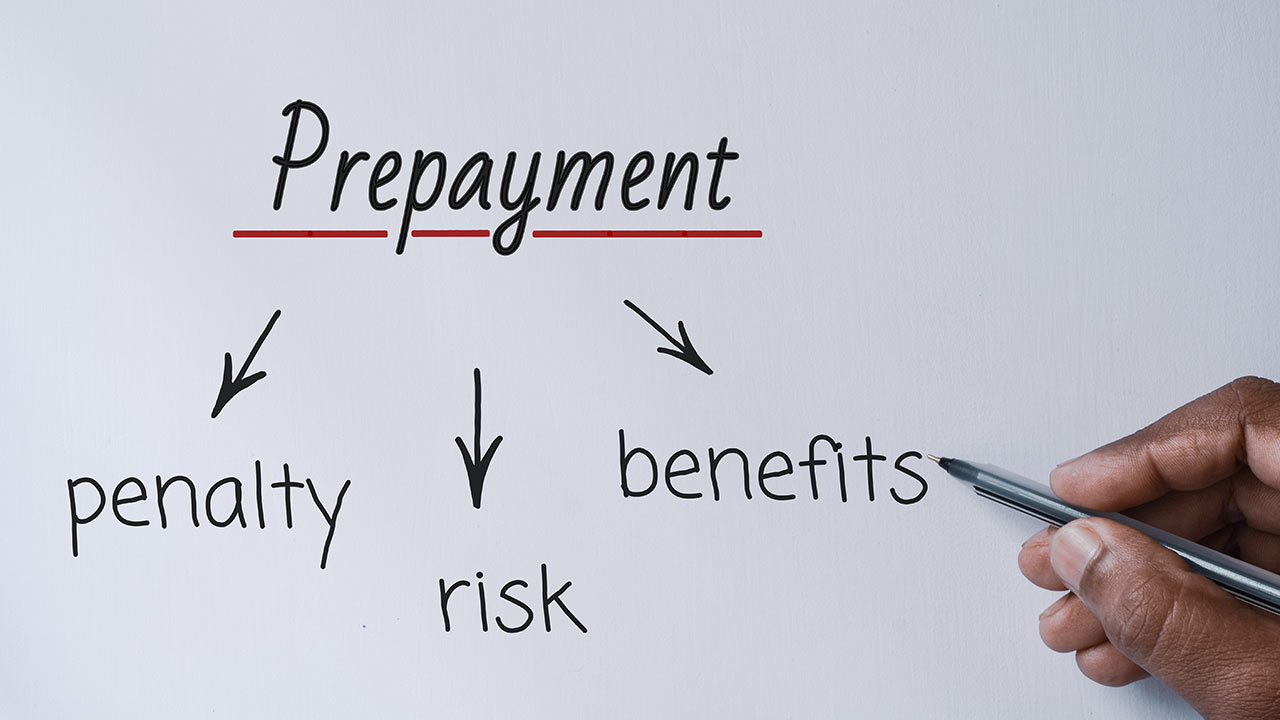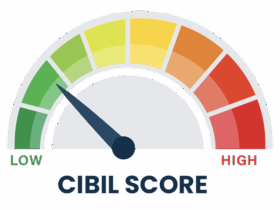Personal loans are a popular financial tool in India, offering quick access to funds for emergencies, travel, home improvements, or even weddings. While personal loans bring convenience, their repayment often spans several years, leading borrowers to consider pre-closure—a process where you repay the entire loan amount before the tenure ends. But is pre-closing your loan always a promising idea? Let’s explore its benefits, disadvantages, and associated charges to help you make an informed decision.
What Is Personal Loan Pre-closure?
Pre-closure, also known as foreclosure, involves repaying the entire outstanding loan amount before completing the agreed loan tenure. Borrowers often use savings, bonuses, or surplus income for this purpose, aiming to reduce interest costs and eliminate monthly obligations. However, pre-closure is not always straightforward. It involves charges and conditions imposed by lenders that can impact its overall benefit. Knowing when and how to pre-close your loan can save you money and help you avoid unnecessary penalties.
Why Consider Pre-closing a Personal Loan?
One of the biggest advantages of pre-closing a personal loan is saving on interest. With personal loan interest rates in India often ranging from 10% to 24%, the interest component can make up a huge portion of your total repayment. Personal loans follow an amortization structure where early EMIs are primarily directed toward interest payments. By pre-closing early in the tenure, you reduce the total interest payable. For example, if you use a personal loan EMI calculator to check your repayment schedule, you’ll notice that interest amounts are higher during the initial months. Pre-closure at this stage leads to significant savings. Another benefit is the immediate release of financial pressure. Once the loan is repaid, you no longer need to allocate funds toward EMIs, improving your monthly cash flow. Additionally, pre-closure can boost your credit score by demonstrating strong financial management, making it easier to secure future loans at competitive rates.
The Costs of Pre-closure
While pre-closing a loan has its rewards, it’s not without costs. Indian lenders usually impose foreclosure charges, ranging between 2-5% of the outstanding principal. This fee can diminish your savings from reduced interest. For instance, if you’re pre-closing a loan with an outstanding amount of ₹5,00,000, a 3% foreclosure fee would cost ₹15,000. Add GST to this amount, and the total can increase further. Moreover, many lenders enforce lock-in periods (typically 6-12 months) during which pre-closure isn’t permitted. Attempting to close the loan during this period could lead to additional penalties. These conditions vary across banks and NBFCs, so reviewing your loan agreement is essential.
When Should You Pre-close Your Loan?
Deciding when to pre-close a personal loan requires careful financial evaluation. Here are the key factors to consider:
- Loan Tenure: Pre-closure is most effective during the initial phase of the loan, as this is when the interest component is highest. If you’re nearing the end of the tenure, the financial benefit diminishes since most of the interest has already been paid.
- Foreclosure Charges vs Interest Savings: Use a personal loan EMI calculator to estimate the total interest saved by pre-closing and compare it against the foreclosure charges. If the charges outweigh the savings, it’s better to continue with regular EMIs.
- Liquidity: Pre-closing often involves dipping into your savings. Ensure that doing so doesn’t leave you unprepared for emergencies or other financial commitments.
- Investment Opportunities: If you can invest the surplus funds in options with higher returns than the loan’s interest rate, it may be smarter to keep the loan running while leveraging those investments.
Understanding the Charges
Foreclosure charges are one of the primary factors that deter borrowers from pre-closing their loans. Here’s a breakdown of the common costs associated with personal loan pre-closure in India:
- Foreclosure Fee: Typically, 2-5% of the outstanding loan amount.
- GST: Applied to the foreclosure fee, adding to the total cost.
- Penalty for Lock-in Period Breach: If you attempt pre-closure during the lock-in period, additional penalties may apply.
- Administrative Charges: Some lenders levy a small fee to process the foreclosure request.
These charges can vary significantly across banks and financial institutions. Always confirm the exact terms with your lender before initiating pre-closure.
Should You Always Pre-close a Loan?
The decision to pre-close a personal loan depends on individual circumstances. Pre-closure is ideal if you’re in the initial stages of your loan and have surplus funds that won’t compromise your financial stability. It can save you money on interest and free up monthly cash flow, making it a wise move in such situations. However, pre-closure may not be beneficial if the foreclosure charges are steep or if your loan tenure is almost complete. Additionally, maintaining liquidity for emergencies or exploring higher-return investments might be more prudent than paying off a low-interest loan.
Key Takeaways
Pre-closing a personal loan can be a valuable financial decision, but it requires a careful cost-benefit analysis. By using tools like a personal loan EMI calculator, you can estimate the potential savings and assess whether it outweighs the associated charges. While clearing debt early offers peace of mind and better financial flexibility, it’s essential to ensure that the move aligns with your overall financial goals. Sometimes, continuing with regular EMIs while preserving your savings can be the smarter choice. In the end, managing a personal loan responsibly—whether through pre-closure or regular repayment—sets the foundation for long-term financial health.







